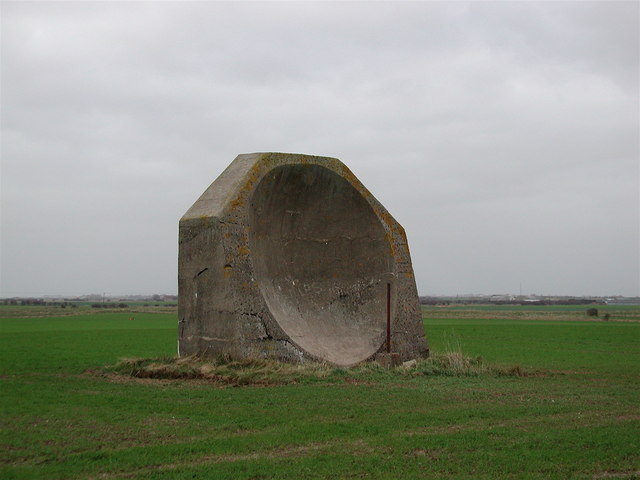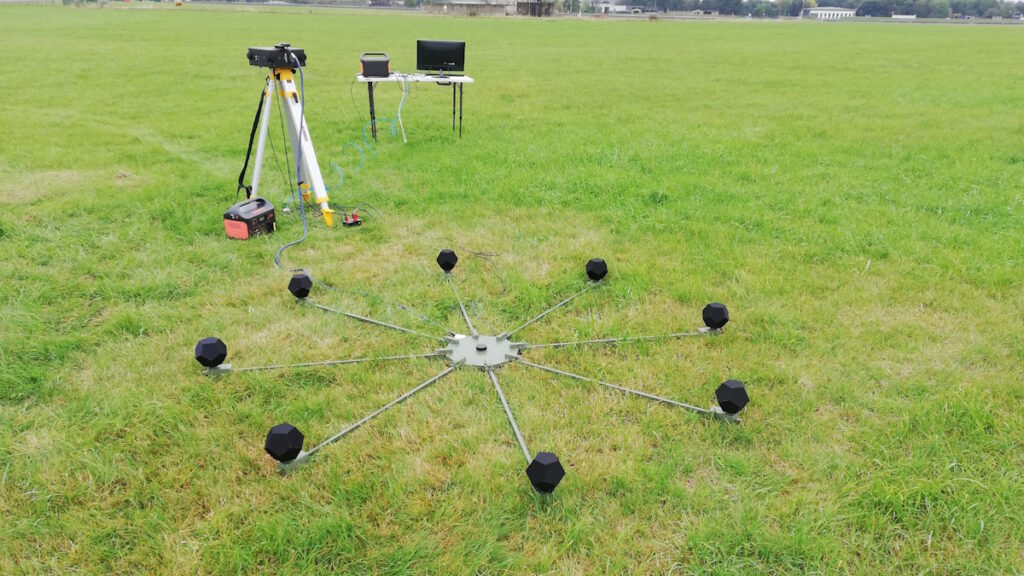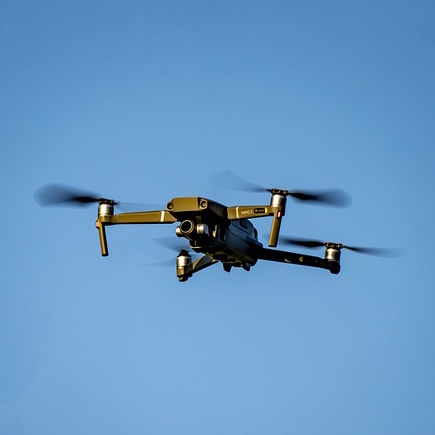I always perceived my dad to be a peaceful person, which isn’t to say he didn’t have his off days (which would involve someone else having a “bad hair day”) in his role in reconnaissance behind the German lines during WWII. I also don’t recall ever seeing dad angry. If it happened that my mother vexed him (I know, what are the odds?), the worst that would ensue is that he would clamp his teeth down on his pipe and refrain from saying anything. When I was older, dad once confided to me that he had bitten through three pipestems during his marriage to my mom.
I do remember my mom once telling me that one of her fears was that someday, someone, somewhere would find a way to rouse my dad to anger, because she feared what might happen (to the other person, of course).
I like to think that I’m a peaceful man myself. I know I’m slow to anger. I’m also blessed with a poor attention span and/or memory when it comes to slights and aggravations. As a result, I’ve never really “lost control,” as it were. I hope it never happens, because I fear that the result would not be pleasant (again, predominantly for the other person).
This reminds me of the Latin writer, Publilius Syrus, who simply could not stop himself from producing quotable quotes, like In nil sapiendo vita iucundissima est (“Ignorance is bliss”), honesta turpitudo est pro causa bona (“the end justifies the means”), and—particularly pertinent to my pontifications here—Furor fit læsa sæpius patientia (“An over-taxed patience gives way to fierce anger”).
In his celebrated satirical poem Absalom and Achitophel, which first hit the streets in 1681, the English poet John Drayden reimagined Publilius’s saying as “Beware the fury of a patient man.”
More recently, in his fantasy novel, The Wise Man’s Fear, American author Patrick Rothfuss wrote: “There are three things all wise men fear: the sea in storm, a night with no moon, and the anger of a gentle man.” I wish I’d said that. Of course, now I’m reminded of the time the American painter James McNeill Whistler said something funny in the presence of Oscar Wilde. When Oscar said, “I wish I’d said that,” Whistler somewhat snarkily replied, “Don’t worry Oscar, you will!”
Having said all this, some things do make me a mite miffed… I might even go so far as to say a pinch peeved (see also Alerts to Threats in Europe by John Cleese). For example, as little as two-and-a-half years ago, I was happily paddling my way through life thinking things were going swimmingly well in Europe. Prior to that, my work had brought me into contact with several engineering groups in Ukraine. And then that raving lunatic Vladimir Vladimirovich Putin directed his Russian forces to invade Ukraine (“special military operation” — don’t make me laugh).
After hearing about all the war crimes perpetrated by Putin’s troops, I’m ashamed to say that I now delight in watching Russian warships being blown to smithereens by sea drones and Russian tanks being destroyed by aerial drones. I know this involves real people being injured or killed. I don’t care. All they need to do is stop trying to invade a previously peaceful country, return to their homes, and enjoy the fact that munitions are no longer raining down from the skies.
Of course, the Ukrainians aren’t the only ones with drones. Those who don the undergarments of authority and stride the corridors of power in Iran have supplied Russia with thousands of aerial drones. What this means, of course, is that the Ukrainians need some way to (a) detect incoming drones and (b) transmogrify them by robust means into ex-drones.
The detection portion of the problem is the part that’s of interest to us here. First, we must decide between two main categories of sensor technology: active or passive. Active sensing involves us emitting some form of energy to scan objects and surrounding areas, whereupon a sensor then detects and measures the radiation that is reflected or backscattered from the target. Two examples of active remote sensing are RADAR and LiDAR.
Active remote sensing can work over large distances and provide a high level of accuracy. The main problem is that you are essentially waving an electromagnetic flashlight and shouting “I’m over here!”
In the case of passive remote sensing, the passive sensors gather radiation that is emitted or reflected by the object or surrounding areas. In this case, the term “radiation” can be taken to encompass things like light (a form of electromagnetic radiation) and sound (a form of acoustic radiation).
Starting around the middle of WWI and continuing until the early years of WWII, passive acoustic location has been used to detect enemy aircraft by picking up the noise of their engines. The image below shows a 4.5-meter-high concrete acoustic mirror from WWI.

Concrete acoustic mirror (Source: Paul Glazzard/Wikipedia)
Observe the vertical pipe in front of the mirror. This would have held the microphone. The operator would sit in a chair nearby listening to his or her headphones. When incoming planes were detected, the operator would hop on a bicycle and pedal as fast as possible to the nearest village or military base to alert whomever needed to be alerted.
What? You would prefer a more portable option. Well, how about the German version circa 1917 as shown below? According to the Rare Historical Photos website, “This photograph shows a junior officer and a soldier from an unidentified Feldartillerie regiment wearing combined acoustic/optical locating apparatus. The small-aperture goggles were apparently set so that when the sound was located by turning the head, the aircraft would be visible.”

(Source: RareHistoricalPhotos.com)
There are so many awesome acoustic detector images on the Rare Historical Photos website that it’s hard to pick and choose among them. Having said this, who could resist the Japanese steampunk acoustic tuba contenders shown below.

(Source: RareHistoricalPhotos.com)
The reason I’m waffling on about all this here (yes, of course there’s a reason) is that I was just chatting with my chum, Ben Cook. Ben is Founder and Director at Airspeed Electronics, which is a deep-tech defense and security technology company based in the United Kingdom.
Ben has worked in the defense industry all his life for big defense companies like British Aerospace and MBDA, which specializes in missile systems. About four-and-a-half years ago as I pen these words, Ben decided to go solo, forming Airspeed Electronics as a vehicle to develop and deploy his passive remote sensing acoustic drone detection technology.
I should point out that Ben sees multiple applications for his technology, including civilian tasks like tracking drones near airports, and government applications like preventing contraband being trafficked into prisons and drugs being smuggled across borders. Of course, everything came into much sharper focus when Putin instigated his unlawful invasion of Ukraine.
Below we see an image of one of Ben’s earlier acoustic arrays. The black 3D geometric objects at the tips of the arms enclose waterproof microphones. Observe how the arms fold, thereby making the array eminently portable while also being extremely quick and easy to deploy.

Acoustic drone detector array (Source: Airspeed Electronics)
There’s much more to all this than the hardware. Ben has also created a suite of digital signal processing (DSP) and artificial intelligence (AI) software that uses beamforming and other techniques to detect, track, and identify multiple drones in the air simultaneously.
The last I heard; Ben was poised to pitch his technology to the British Army. It seems they run an event called the Army Warfighting Experiment. Ben tells me this occurs every year. In his own words: “Basically, they invite everyone from guys in sheds all the way up to the big defense firms to bring their kit along and try it out at Salisbury.” I’m assuming he’s referring to the 94,000-acre Salisbury Plain Training Area (SPTA), although I cannot help myself from thinking of the Solsbury Hill song by Peter Gabriel (Solsbury Hill is only 30 or 40 miles from Salisbury Plain, which is also home to Stonehenge).
But we digress. I’ll have to ask Ben how things went at the Army Warfighting Experiment. In the meantime, he told me that he’s interested in talking to anyone about his technology, although he also asked me to say, “Please don’t call if you’re Russian.” As always, I’d be interested to hear what you think about all of this, even if you are Russian, just so long as you don’t like taking photographs of yourself riding horses bare-chested and you aren’t a pawn of Putin.






I have been thinking about this for several years. The sound detection is a start, but I think it should just be used to start the detection. Once a ”suspect” is found by audio, this should be used to guide a rotating camera which can be tilted. Image processing will detect the flying object which will be centered in the image by rotating and tilting. This would be a lot more exact than the audio processing.
With 3-4 sensors like this which are networked, you are able to get the exact location and the direction of the object. The network would inform other sensors that the object will be coming and from where.
The information could be used by an integrated air defense network to launch missiles.
I don’t see why a mesh of such sensors could not detect stealth aircrafts, at least in fair weather.
There was a discussionmon Quora about this.
https://www.quora.com/If-an-F-35-is-flying-over-an-area-it-is-invisible-to-the-radar-but-can-you-still-shoot-it-if-you-can-see-it-by-a-missile/answer/Ulf-Samuelsson
It’s a shame we even have to think about shooting things out of the sky when you think how long it took us to lean to put them up there in the first place — but such is the world 🙁
I followed a similar train of thought as you after the invasion of Ukraine. I was moved enough to try to deal with this drone problem.
I found Ben Cook and spoke in depth to discuss an idea that I couldn’t get out of my head – a way to intercept these drones cheaply using acoustic sensing. He was very kind in giving me the pointers and the encouragement to properly develop the concept.
My take on the possibilities of acoustic sensing is that sound can be used to find direction of a signal (passively) using much less processing power than with optical cameras. So much less, that it could be mounted on an interceptor glider drone.
You can read about my project here: https://tomkaneko.com/portfolio-item/suppressing-drone-warfare-dronemines/
Very happy to field questions.
Hi Tom — thanks for sharing — I’m hoping to meet up with Ben when I visit the UK this summer to see my dear old mom 🙂